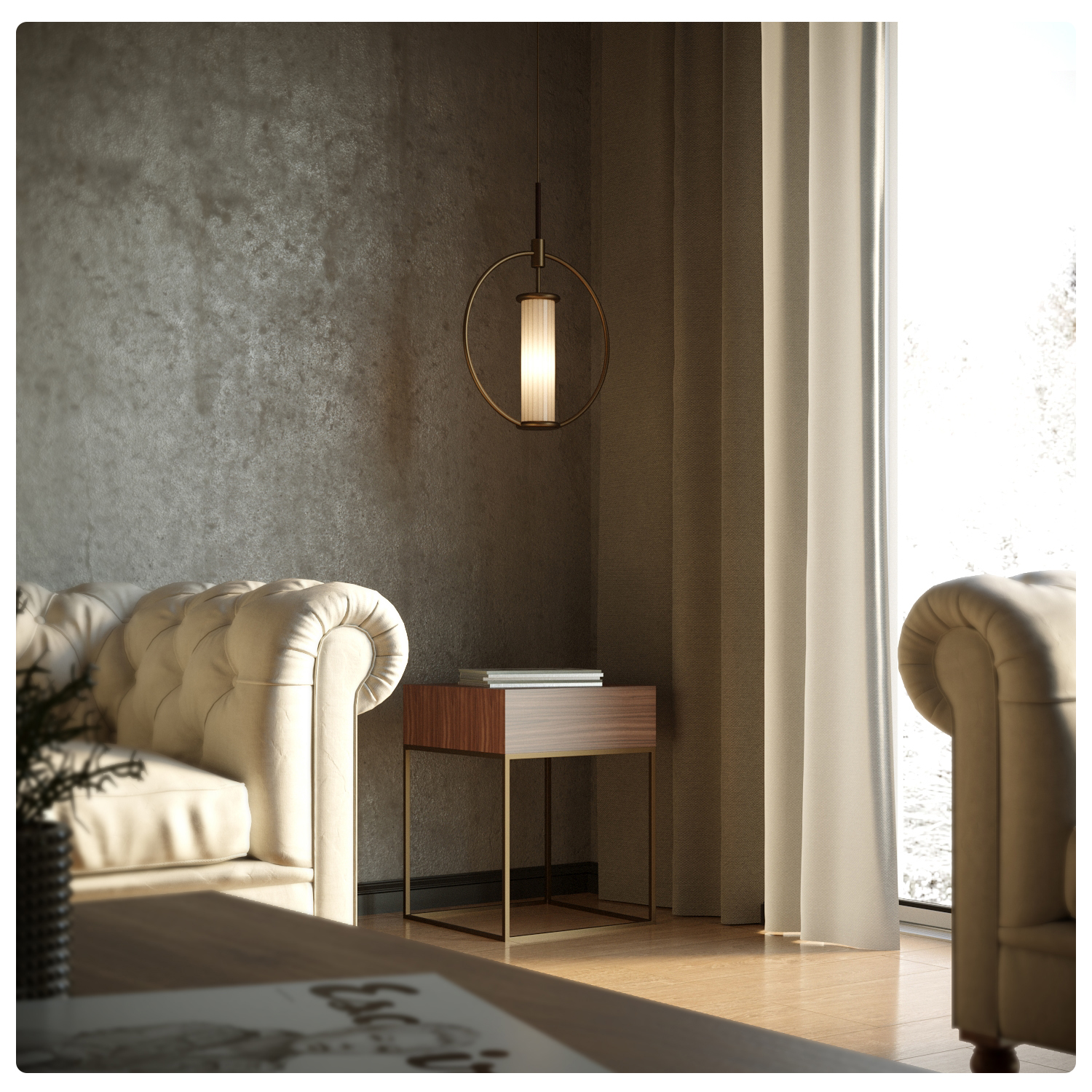I Learned a Profession of the Future: Stories of an Urban Farmer, Brand Visualiser and Architectural Designer
Meanwhile, completely new professions of which no one has thought before are emerging. We decided to speak to people who mastered all-new jobs. Some of the professions are not yet on the curriculum at universities, but their development is fast paced.
Urban Farmer
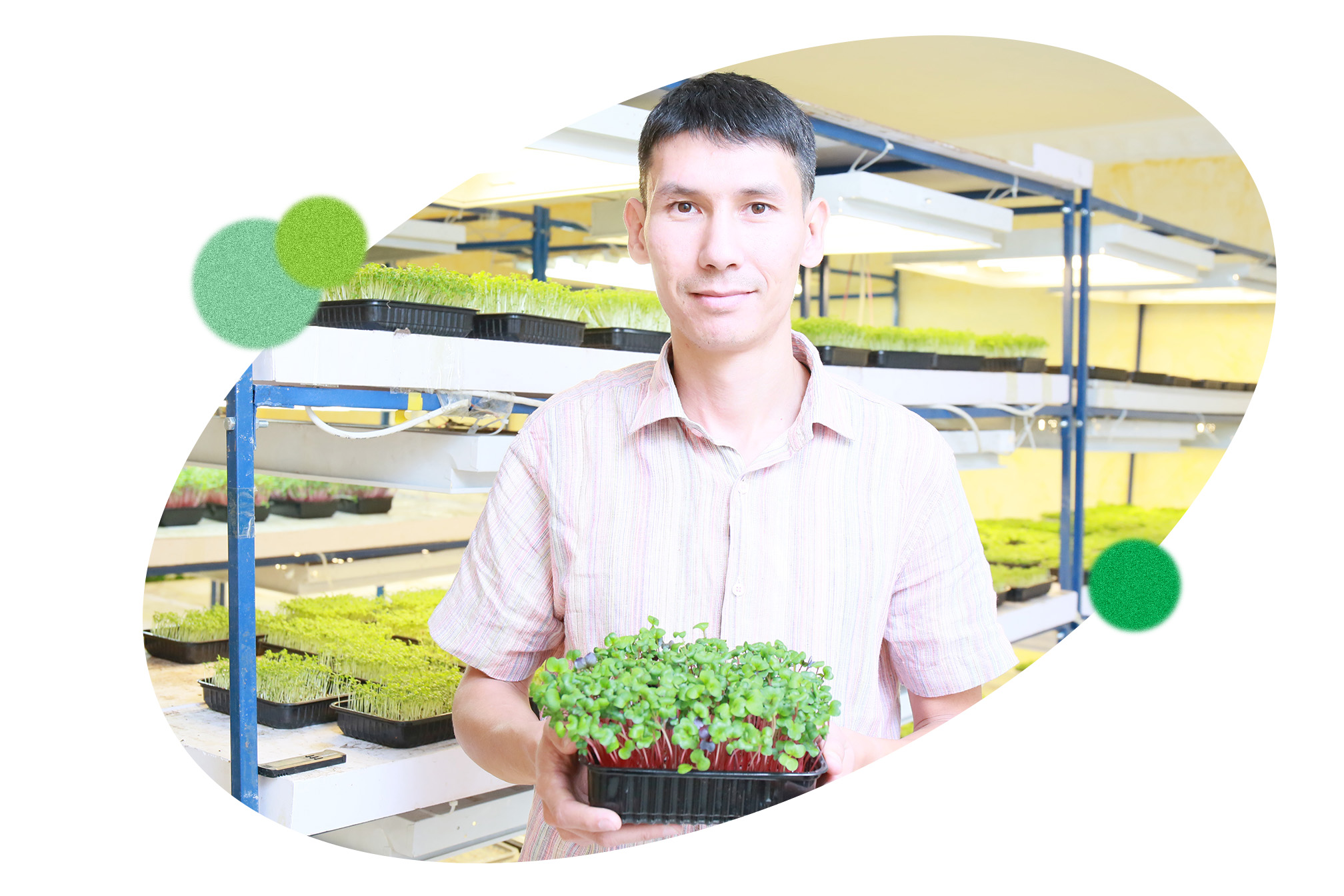
Aitugan Makazhanov
We bought a bag of various seeds and special trays and started experimenting. We grew radish, basil, broccoli and other vegetables. We wanted to learn how to care for each of the plants. This was a kind of hobby for us. After a while we realised that this was not difficult; this encouraged us to continue and search for premises to expand our business.
I have degrees in engineering and humanities. Before urban farming, I had been an entrepreneur, like my partner in business. Our entrepreneurial experience helped us to grow our business, i.e., to find sales channels and scale up. We entered a competitive market and captured our market space as written in the Blue Ocean Strategy (by Chan Kim & Renée Mauborgne – Editor’s note). The book describes a sharp growth and high profits of companies which create a new demand in a new uncontested market.
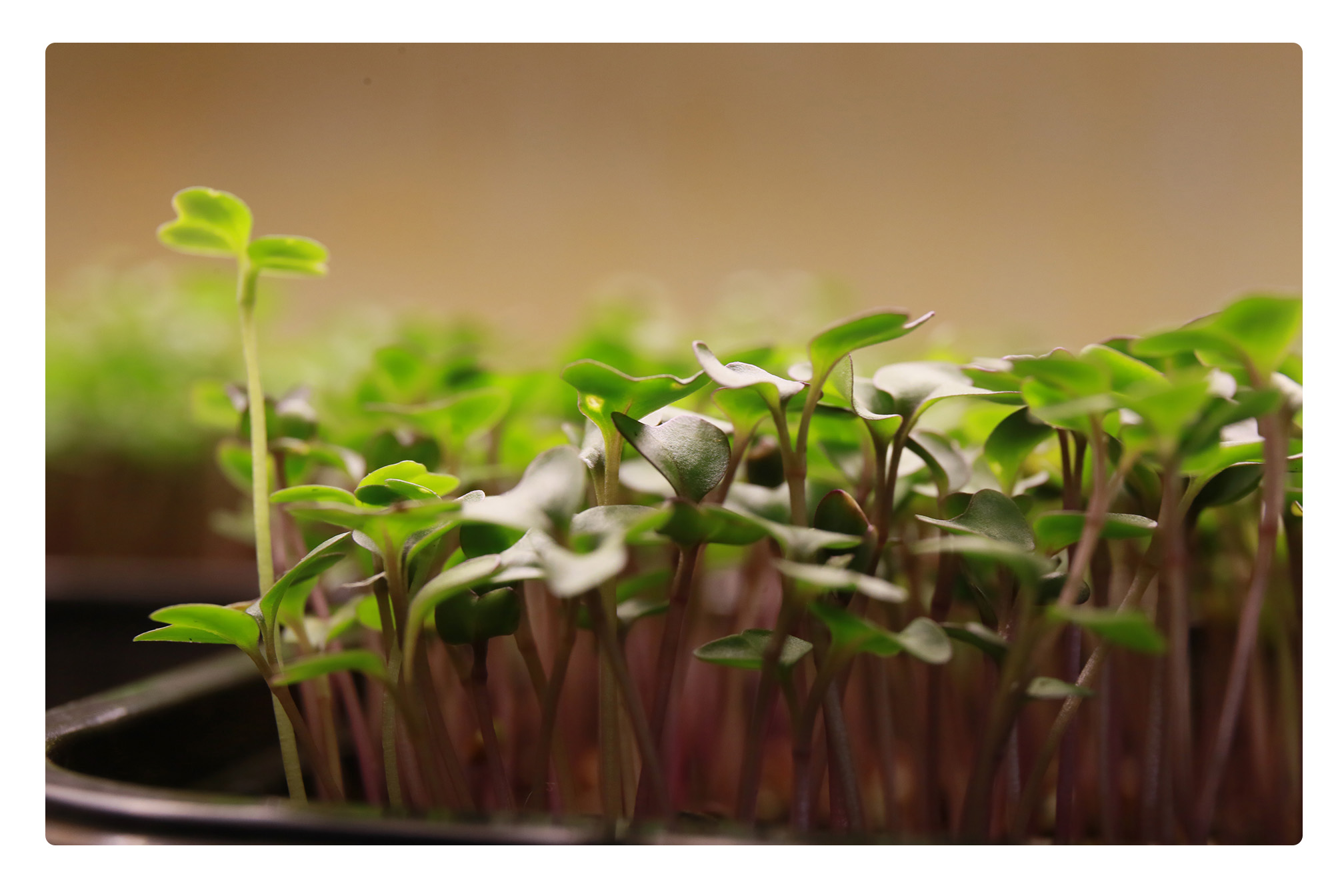
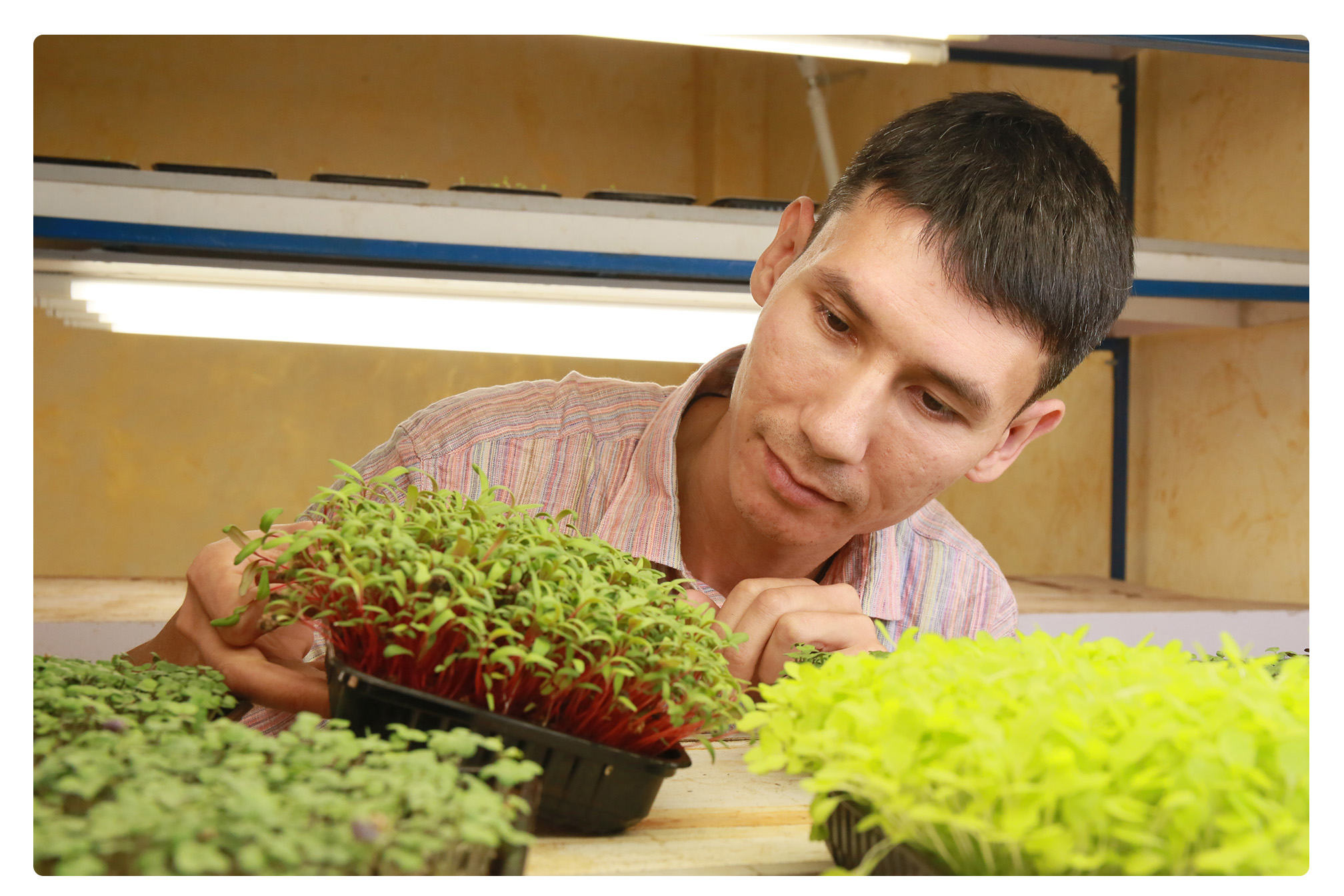
Brand Visualiser
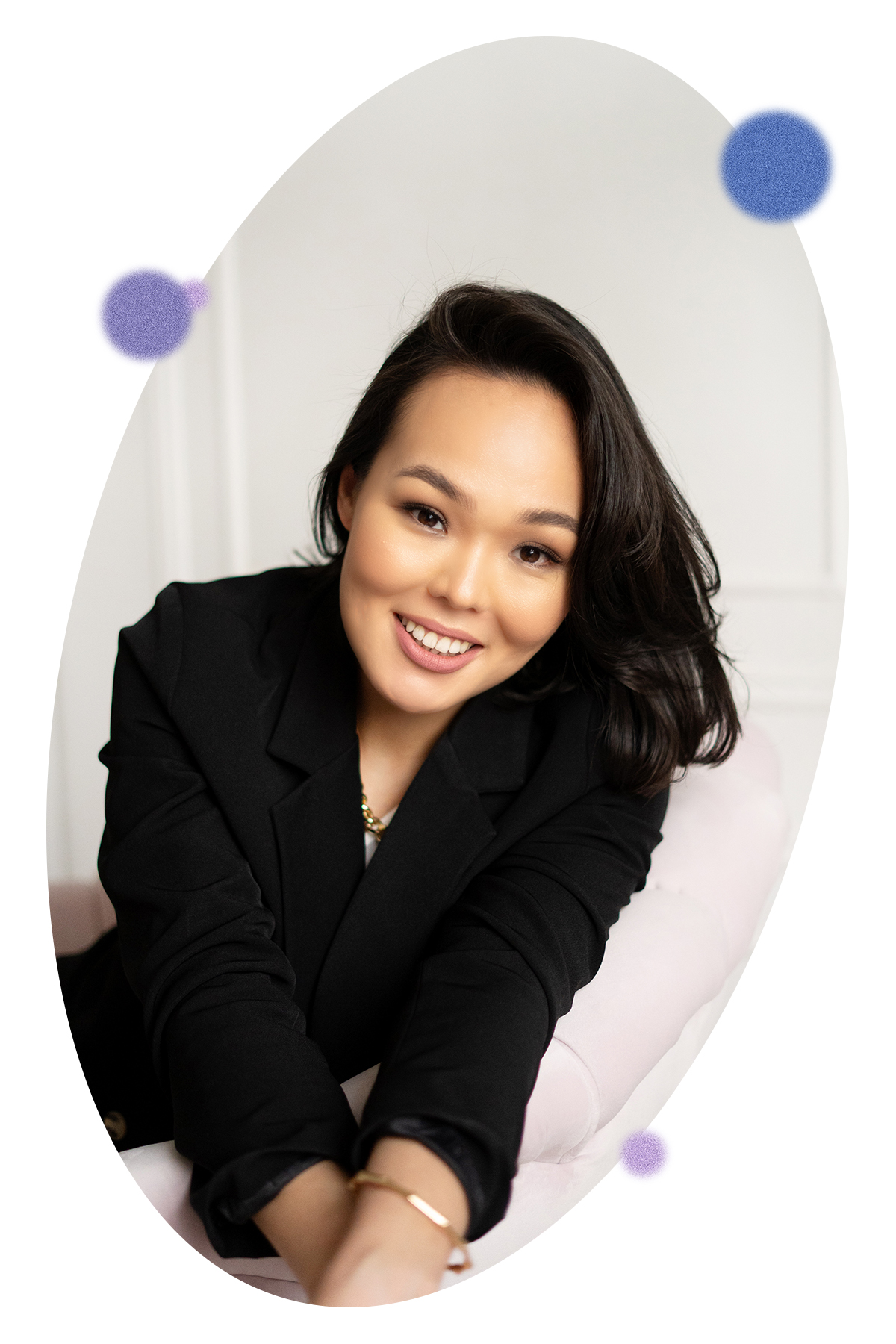
Aiym Usserbayeva
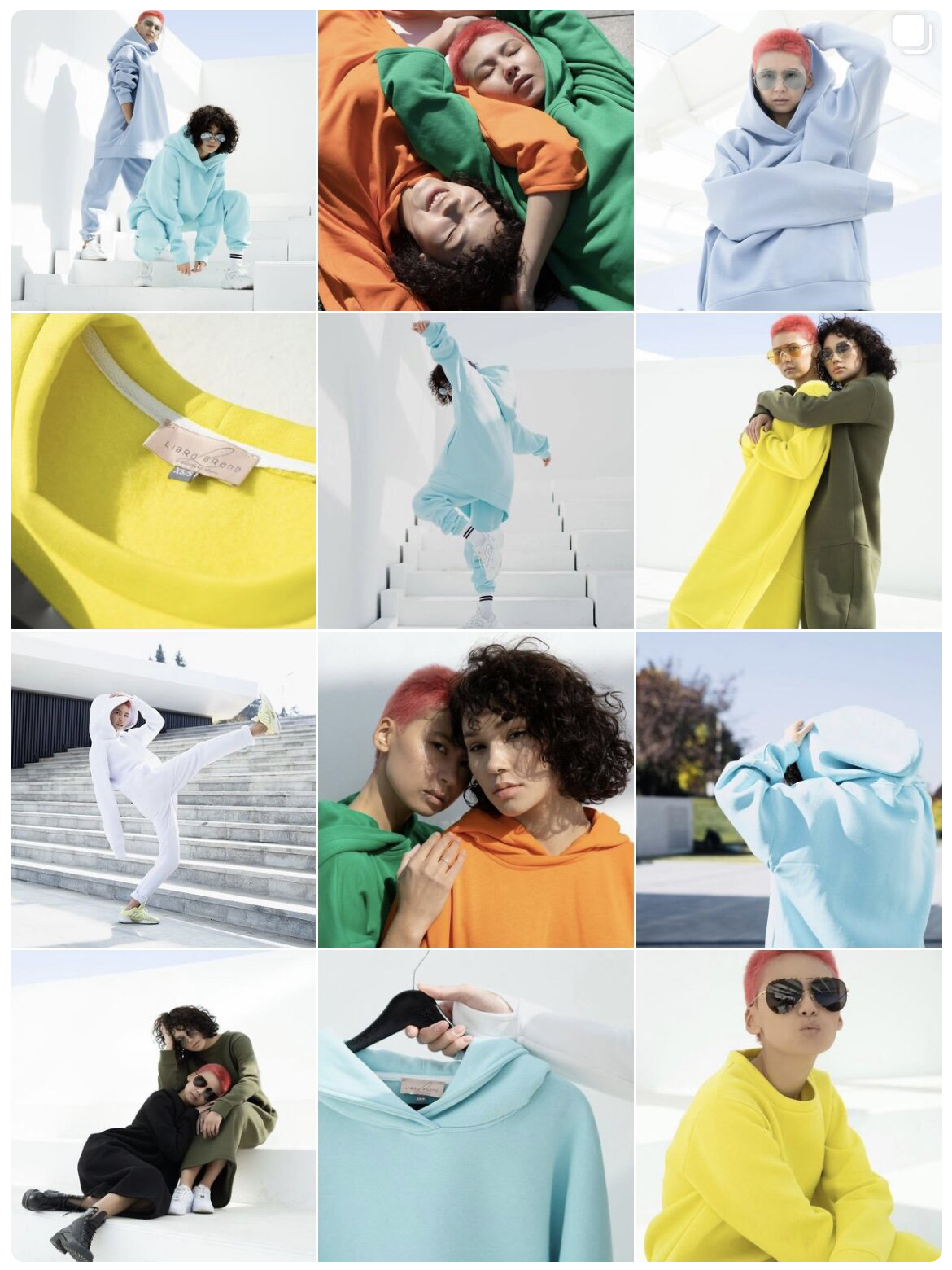
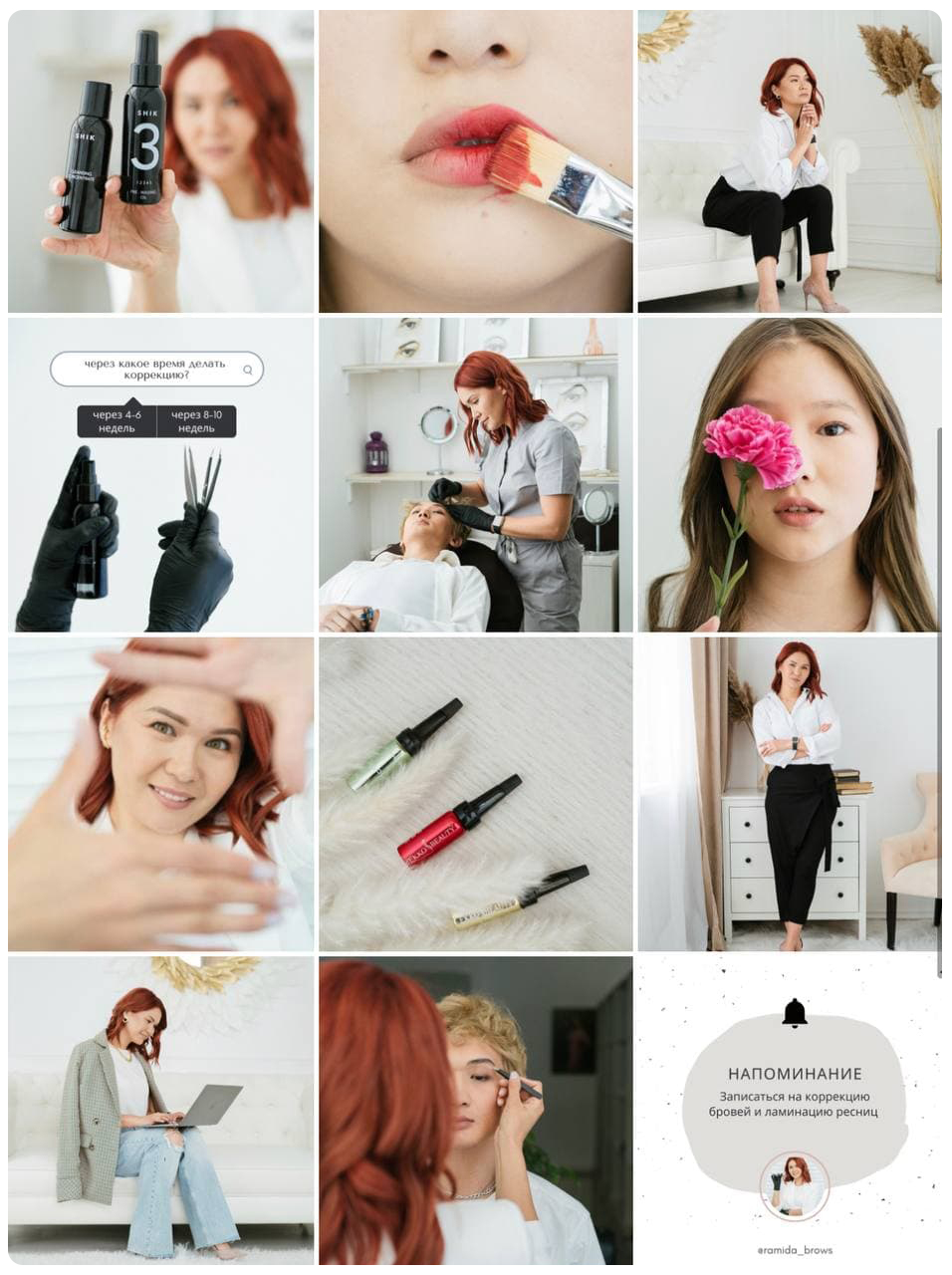
Meanwhile, by a mere accident, I saw an advertisement about a brand visualisation course, where they told us that this profession was not about “flowers and champagne glass against a beautiful background”, but about values and uniqueness of every brand. By that time I have already assisted my sister with videos for her account, so I asked her for an advance payment for two months and paid for the course. After the course, my friends and relatives were my first clients. I am very grateful to them for this.
At the same time I launched my first online photo and video content course for beauty specialists. Over a year I have trained more than fifty people and took an advanced training course. Now I continue creating visual content for companies and personal blogs and conduct the first offline visual content training in Almaty and Nur-Sultan.
The key skills of a brand visualiser include visual experience, good taste, communications skills and mobility.
Maybe, this is because people cannot “probe” the service. It is believed that targetologists, visualisers and SMM managers do nothing special: they just sit glued to their phones all day long and get paid for this. This is why clients ask for discounts, seek cheaper options or request additional services.
However, this profession is yet promising! Brand visualisation is not about beautiful pictures; in fact, this job is much deeper and includes knowledge of psychology and marketing. In the 21st century people are flooded with information; we scroll through social networks unconsciously, without much thought. Only if we are hooked by a picture can we stop, read and get interested. Packaging is more important than products now. A lot of businessmen start realising this, which is why the demand for visualisers will grow.
Architectural Visualiser

Adeliya Toktaganova
I learned about 3D visualisation at university. It took me some time before I started doing architectural visualisation. At the end of the first year, I decided to take a 3D MAX course where I learned the basic principles and many tricks.
Now I work for a company which creates decoration designs. Visualisation is very important here, because we need to show customers the product itself and how it fits their environment. When making visualisation, we use various tools, including 3D modelling.
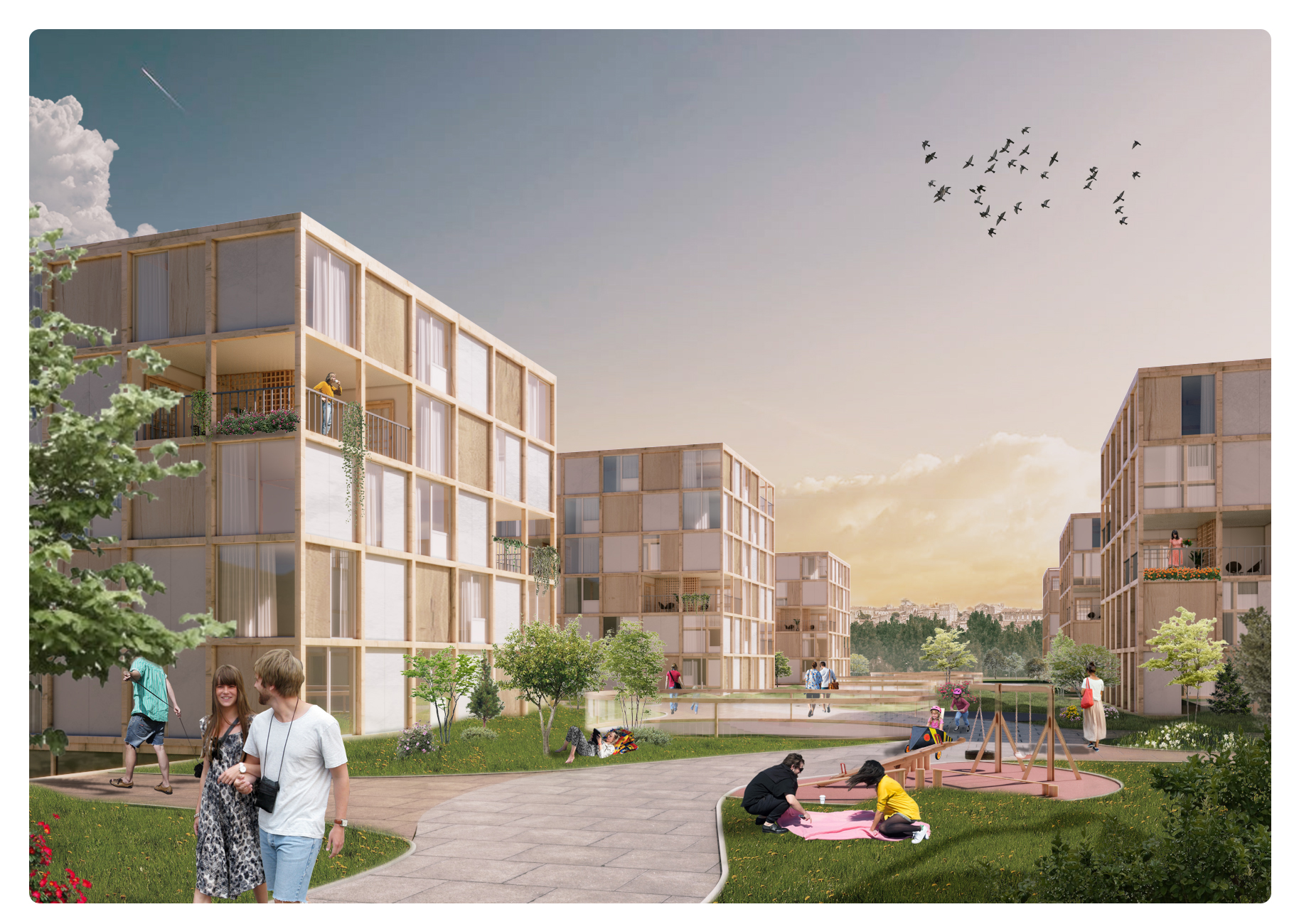

It is quite a challenge, because we need to take into account the texture of the material and the physical properties of the environment. We often face technical problems: software glitches, bugs or insufficient capacity of a computer, laptop or tablet to ensure high-quality operation of the software. You can lose the result of your work completely and will have to start again if you do not save it every 5-10 minutes.
I believe that 3D visualisation will always be in demand, especially in architecture or design. Today, drawings alone are not enough. It is possible that the methods will change in the future, and everyone will use VR visualisations, holograms and other incredible things to demonstrate their projects, but the essence will remain the same: someone will have to do modelling and creating this environment. This is why this profession will be relevant for a long time.
Photos were provided by heroes of an article
Данный проект реализуется с помощью гранта от Посольства США в Нур-Султане, Казахстан. Мнения, выраженные в материалах, принадлежат их авторам и не обязательно отражают точку зрения Правительства США или Дипломатической Миссии США в Казахстане.
